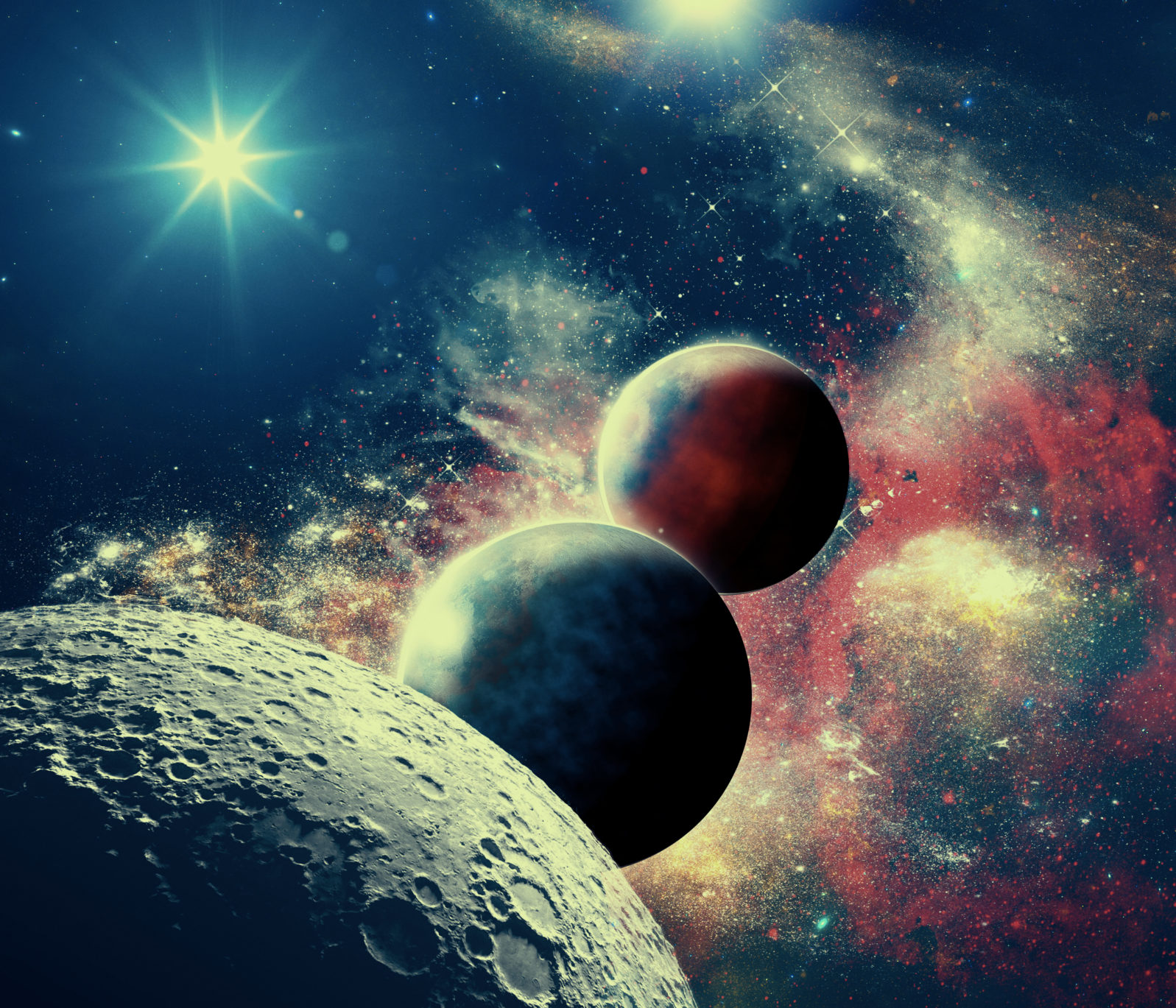Astrophysicist: Stop Looking For Extraterrestrial Civilizations!
And accept that ‘Oumuamua was a natural object, though a very mysterious oneStony Brook astrophysicist Paul Sutter, who specializes in the emptiest regions of the universe, tries to put the mystery of space object ’Oumuamua on a non-extraterrestrial footing.

‘Oumuamua, first spotted by the Panoramic Survey Telescope and Rapid Response System (Pan-STARRS1) in Hawaii on October 19, 2017 — hence the Hawaiian name — was observed for only 11 days before it left the solar system. It was cigar-shaped and not very large (it could fit inside a football field) but it was weird. It was also the first object to visit our solar system that was known to come from interstellar space:
It was, from the moment of its discovery, a weird object — weird orbit, weird speed, weird properties … Considering the scant information obtained from such a short observation window, the true nature of ‘Ouamuamua remains a mystery, even today.
Paul Sutter, “Will we ever know the true nature of ‘Oumuamua, the first interstellar visitor?” at Space.com (January 23, 2022)
Readers may recall that Harvard astronomer Avi Loeb argued that ‘Oumuamua might be an extraterrestrial light sail.
Sutter prefers to see it as a mysterious but natural object:
‘Oumuamua is perhaps the strangest object we have ever seen inside the solar system. No other known asteroid or comet has a shape that extreme (although, to be fair, our catalog of objects 100 meters or larger isn’t exactly complete). ‘Oumuamua has a dusty red color, which is similar to the hues of other deep-solar system objects. But it didn’t act like a comet, the most common small object at those distances from the sun.
Paul Sutter, “Will we ever know the true nature of ‘Oumuamua, the first interstellar visitor?” at Space.com (January 23, 2022)
In 2019, another space object, 2I/Borisov, was spotted but, he says, it “looked and acted like any other comet.” Which is why we did not hear much about it.
Sutter addresses Loeb’s contention that ‘Oumuamua is an ET creation:
Harvard astronomer Avi Loeb has used the lack of data to propose that ‘Oumuamua is an alien spaceship. But considering intelligent aliens may be capable of doing whatever they want, this could be an explanation for pretty much any observation.
Astronomers have also offered a range of non-alien explanations. One idea is that perhaps ‘Oumuamua is a nitrogen iceberg that chipped off of a Pluto-like object long ago. However, Loeb and his colleague Amir Siraj, a Harvard undergraduate, said that’s impossible because pure nitrogen is very rare on Pluto and in the universe at large. They calculated that the mass of exo-Plutos required to generate a pure nitrogen ‘Oumuamua to be mind-bogglingly high.
Paul Sutter, “Will we ever know the true nature of ‘Oumuamua, the first interstellar visitor?” at Space.com (January 23, 2022)
Sutter thinks we’ll never know and should just move on. Avi Loeb certainly has. He is now involved with the Galileo Project, looking for technosignatures (signals that could only come from advanced technology) of extraterrestrials.
Sutter is also skeptical about the search for extraterrestrial intelligences via technosignatures. He thinks we should look for biosignatures rather than technosignatures (evidence of life rather than evidence of intelligence):
The assumption behind SETI is that intelligent life should be easier to detect than regular, non-intelligent life, because intelligent creatures are capable of really making their presence known. If they’ve invented radio, then they can crank up the FM, creating a bubble of detectability racing away from their home system at the speed of light. If they are capable of harnessing a decent fraction of the energy coming from their star, they can transform their entire solar system. If they’ve cracked interstellar travel, then they can spread like (intelligent) weeds throughout the galaxy.
But something in this argument is going wrong. Either intelligent life isn’t as common as we might have hoped, or it’s not as detectable as we might have hoped. Either way, it doesn’t look like SETI will bear fruit anytime soon.
So perhaps we should just search for extraterrestrial life, rather than focusing on advanced alien civilizations. That means any kind of life: single-celled organisms floating in oceans, moss clinging to rocks or the first hints of complex creatures moving around their environments.
Paul Sutter, “Why are we still searching for intelligent alien life?” at Space.com (November 9, 2021)
He points out that life forms have altered Earth via photosynthesis, giving it substantially more oxygen than it would otherwise have had. If Earth’s biosignature were detected in that way, it would turn out that there is intelligent life here too. But we only recently began sending intelligent signals into space. An extraterrestrial civilization might feature intelligent beings like the great thinkers on Earth thousands of years ago. They developed enduring philosophies but did not have any means of contacting beings off the planet. But they were alive so there is at least a good argument that biosignatures might be a better place to begin.
The James Webb Telescope will doubtless give us much more information about exoplanets and their moons than we have ever had and that may settle some of these issues, one way or the other:
Among the first projects will be a study of 11 ‘super-Earths’, that is planets that sit somewhere between Earth and Neptune in size.
These are important objects for observation, as none of them are found within our own solar system, but they are relatively common elsewhere in the Milky Way…
These alien worlds come in a surprising array of styles, sizes and make-up – including many not found in the solar system.
Natasha Batalha, from NASA Ames Researcher Center in California, told Space.com that the ‘diversity of planets we’ve discovered within the galaxy far exceeds the diversity of planets within our own solar system’.
Ryan Morrison, “NASA’s James Webb Space Telescope will be used to study ‘Super Earth’ exoplanets and hot rocky worlds – some of which could host alien life” at Daily Mail (February 3, 2022)
You may also wish to read: The Drake equation at 60 years: The second most famous equation. After e = mc2. New technology is improving our ability to search the skies for signs of possible extraterrestrial civilizations. Whatever the fate of current ET detection projects, a design filter of the sort proposed beats squabbling about the probability without collecting any data.
